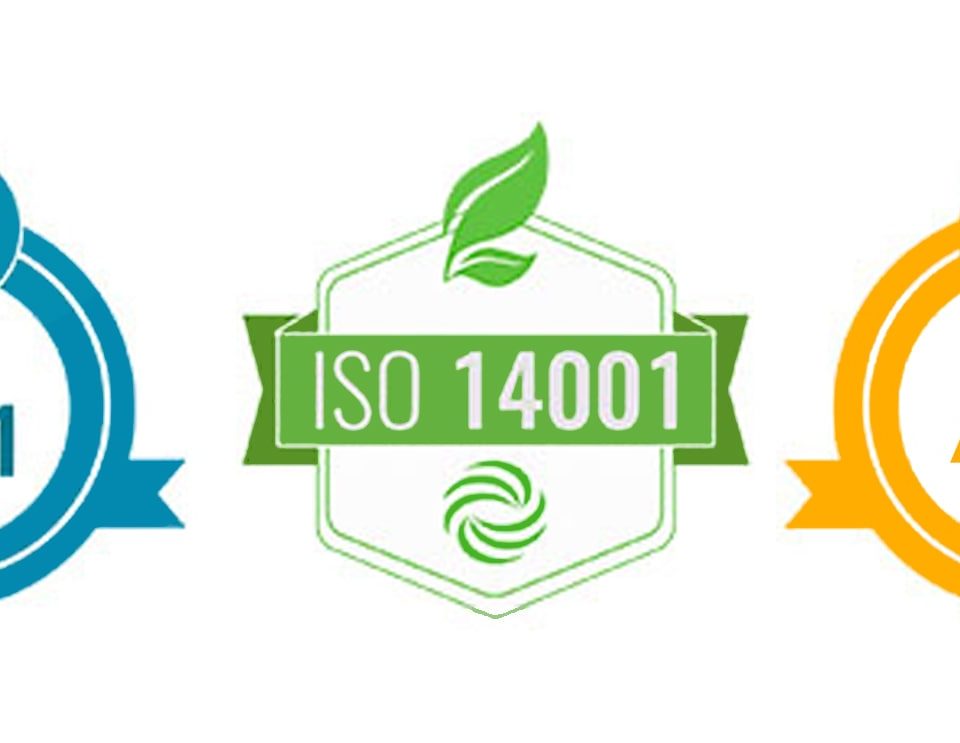What are 5 tips to translate correctly?

9 Reasons Vietnamese is Easier Than You Think
10th May 2025
How do I choose a translator?
21st May 2025Here are 5 essential tips to ensure accurate and effective translations:
1. Understand the Context Fully
-
Why it matters: Words and phrases can have different meanings depending on the situation.
-
How to do it: Read the entire source text before translating. Understand the purpose, tone, and intended audience.
-
Example: “Check out” in a retail context means “pay for something,” but in tech, it could mean “test or evaluate.”
2. Translate Meaning, Not Words
-
Why it matters: Literal word-for-word translations often lead to unnatural or incorrect phrasing.
-
How to do it: Focus on conveying the intended meaning rather than replicating each word.
-
Example: The English idiom “It’s raining cats and dogs” should not be translated literally—it needs a local equivalent that means “raining heavily.”
3. Use Native Fluency in the Target Language
-
Why it matters: Only a native or near-native speaker can reliably produce idiomatic, natural-sounding output.
-
How to do it: Translate into your native language, or have a native speaker review and polish the text.
4. Maintain Consistency with Terminology
-
Why it matters: Inconsistent terminology can confuse readers and damage credibility.
-
How to do it: Use a glossary or translation memory for repeat terms, especially in technical or branded content.
-
Example: A company slogan should always be translated the same way in every brochure.
5. Review, Edit, and Proofread
-
Why it matters: Errors in spelling, grammar, or context can hurt clarity and professionalism.
-
How to do it: Always have a second linguist or editor review the translation. Use QA tools if working digitally.
Would you like a checklist or template you can use when translating your own content or reviewing others’ translations?


